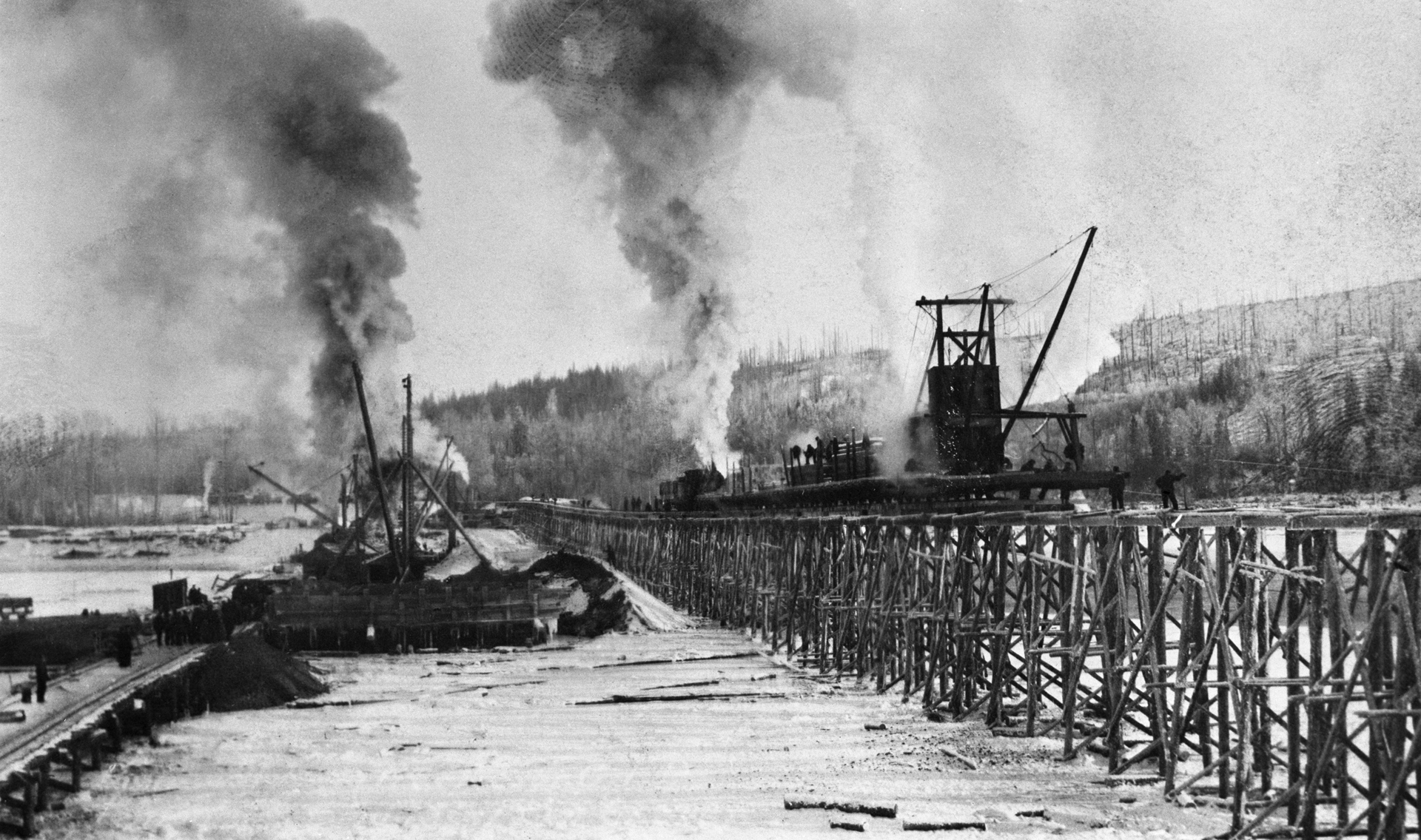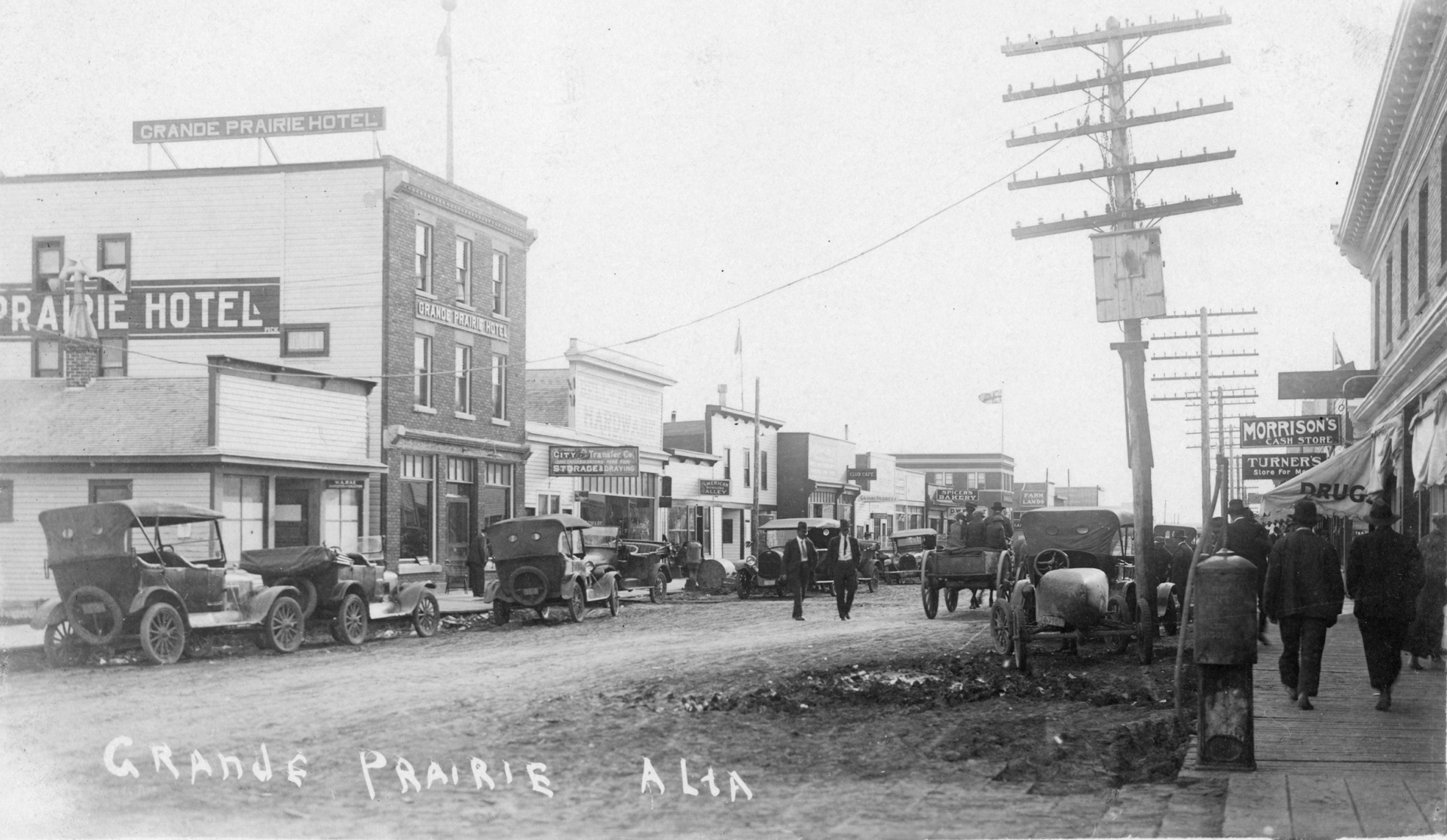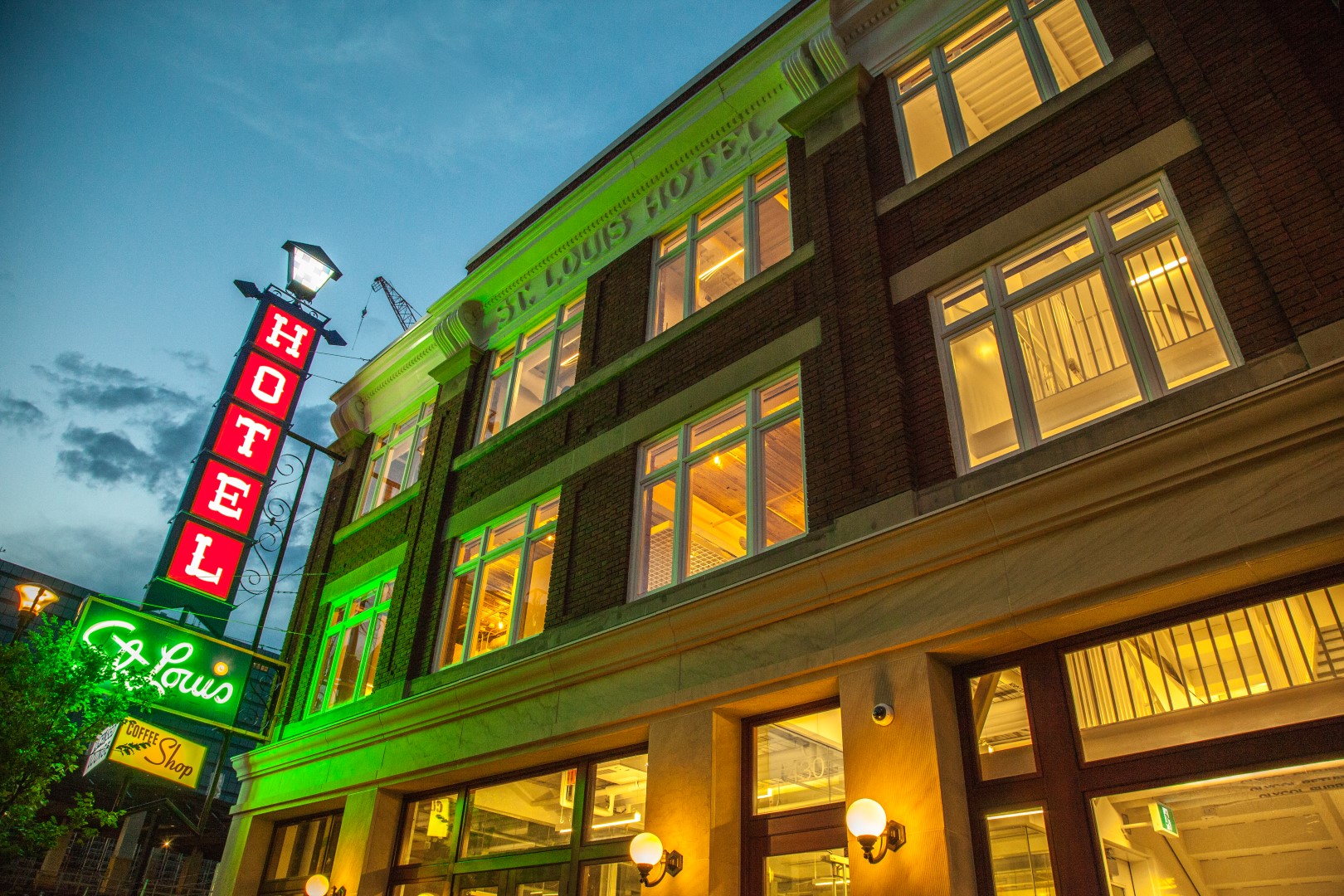APEGA photo
Down to the Core: Preserving Our Earth Science History
Alberta is home to one of the most complete drilling histories in the world, preserved in the form of core samples and cutting vials. This dive into the province’s oil and gas history began with some stellar foresight demonstrated decades ago, in 1962.
That’s when the Core Research Centre was established in Calgary, today operated by the Alberta Energy Regulator. The centre preserves more than 1.55 million boxes of well core samples and more than 20 million vials of drill-cutting samples. Cuttings were collected as early as 1911, core samples as early as 1925.
In Edmonton, the Alberta Geological Survey’s Mineral Core Research Facility, created in 1979, is home to over 60,500 metres of mineral core, 12,500 metres of coal core, and 17,000 rock samples from mineral exploration projects.
Who needs this stuff? Industry experts and academics study these geological signposts to understand our resource past and help plan its future.
Meanwhile, the Canadian Ice Core Lab moved to its new home in Edmonton in 2017. Located at the University of Alberta, it contains over 1,300 samples of ice core from the Canadian Arctic and mountain regions across Canada. The oldest sample is about 79,000 years old.
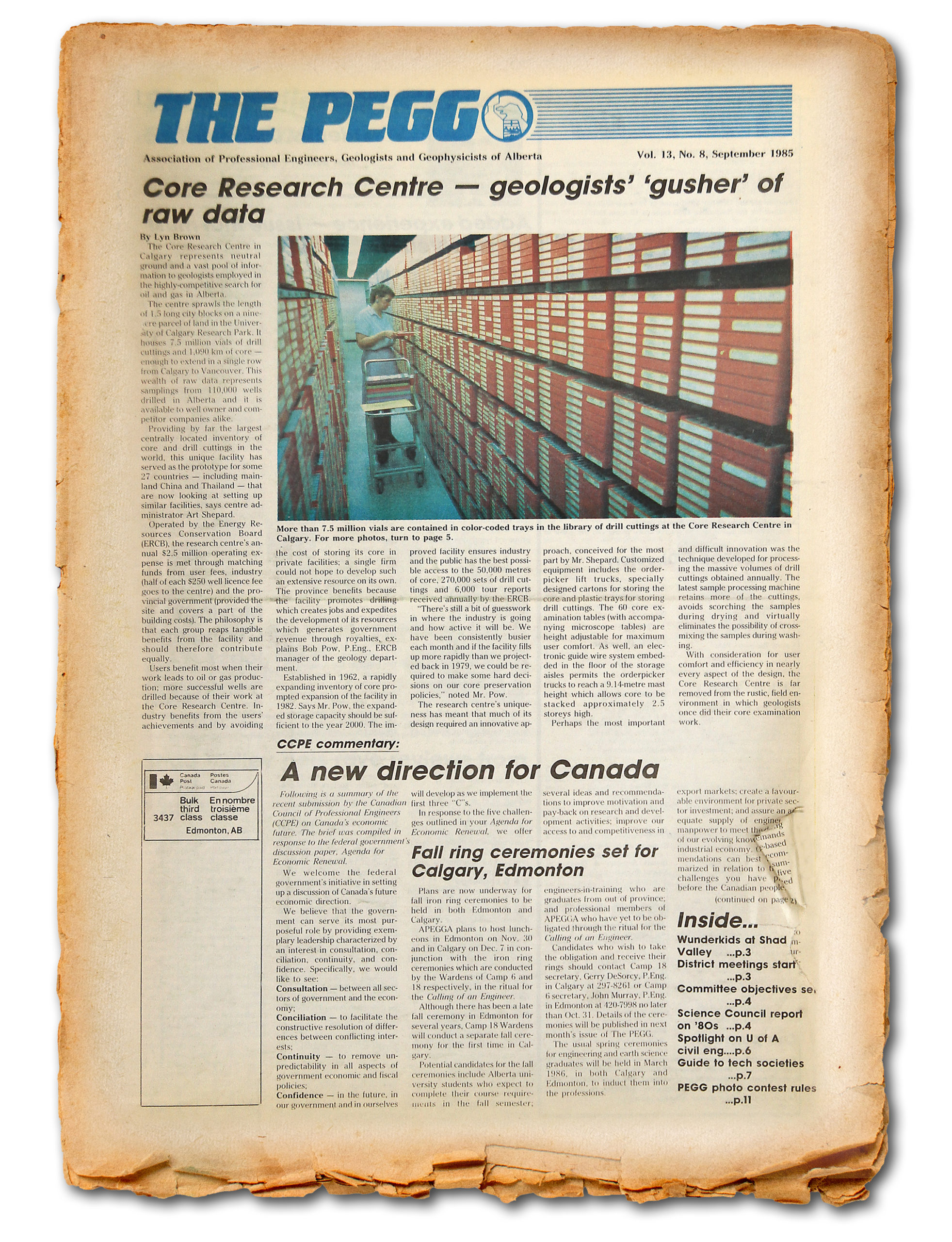
The PEGG September 1985
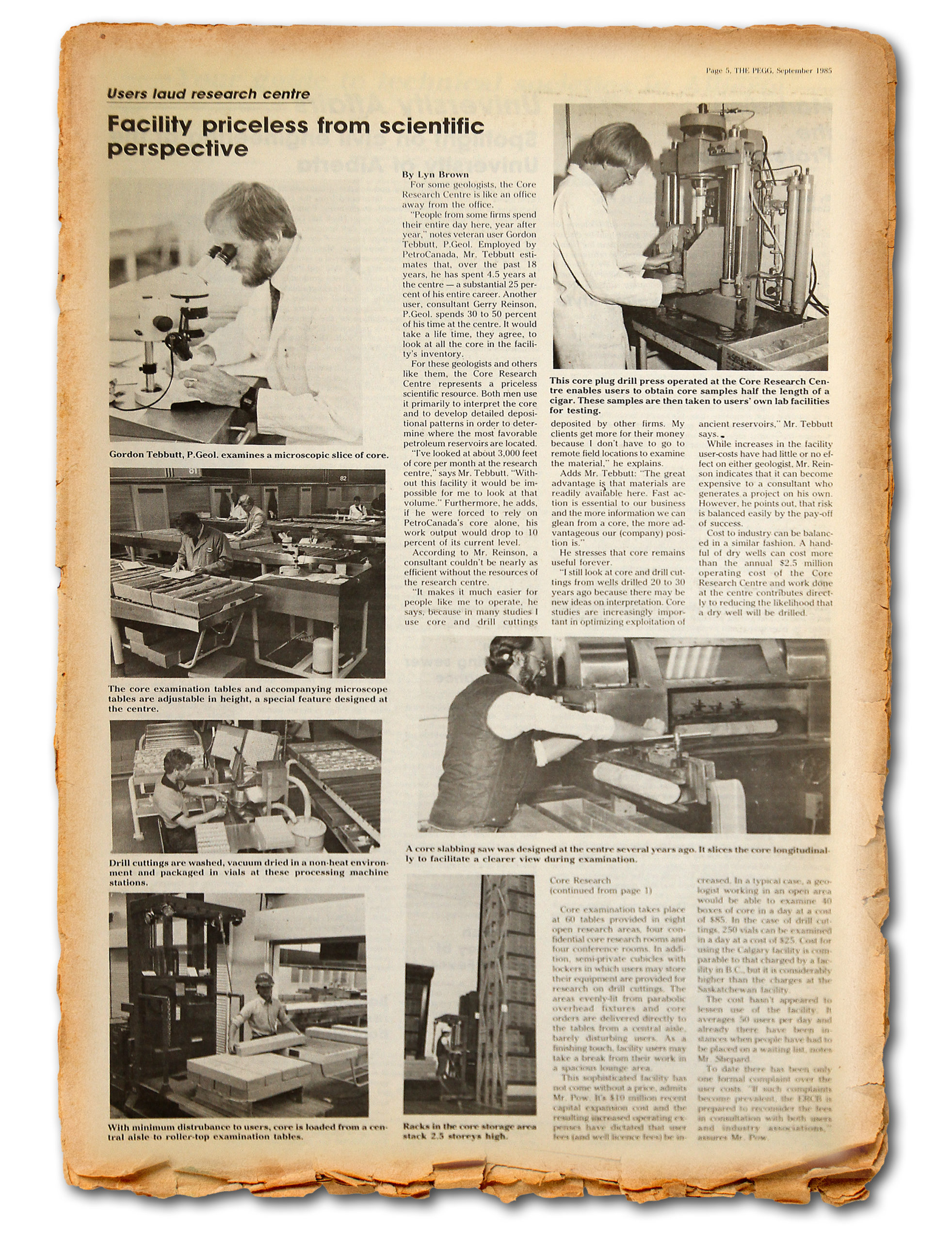
The PEGG September 1985
Located near the University of Calgary campus, the Core Research Centre holds one of the largest, most complete drilling histories in the world.
The Canadian Ice Core Archive is an invaluable source of information on past climate change and the circulation of pollutants through the Earth’s atmosphere.

